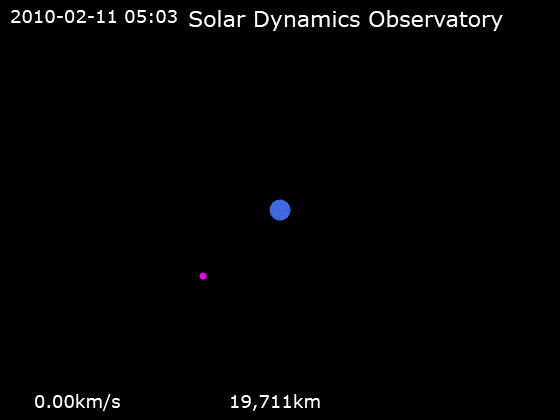Astronomers Discover Rare Exoplanet Using Innovative Microlensing Technique

In a remarkable achievement, a team of astronomers from the Faculty of Physics at Vilnius University, in collaboration with colleagues from Poland and other nations, has identified a new exoplanet, designated AT2021uey b. This gas giant, located 3,262 light-years from Earth in the galactic halo, marks only the third such discovery in the history of astronomical observations. The findings, published in the prestigious journal Astronomy & Astrophysics, highlight the innovative method of gravitational microlensing employed to detect this distant world.
Dr. Marius Maskoliūnas, the head of the Lithuanian research team, emphasized the complexity of the observation process. "This kind of work requires a lot of expertise, patience, and, frankly, a bit of luck. You have to wait for a long time for the source star and the lensing object to align and then check an enormous amount of data. Ninety percent of observed stars pulsate for various other reasons, and only a minority of cases show the microlensing effect," he stated.
Gravitational microlensing, a phenomenon first predicted by Albert Einstein in the early 20th century, occurs when a massive object, such as a star or a dark matter body, temporarily aligns with a more distant star, amplifying its light. This method allows astronomers to detect celestial bodies that would otherwise remain invisible.
The collaboration that led to this discovery began during a visit to the Astronomical Observatory of the University of Warsaw, where Prof. Lukasz Wyrzykowski proposed a joint Polish-Lithuanian project to analyze data from the European Space Agency's Gaia telescope. By supplementing this data with ground-based observations from Vilnius University's Molėtai Astronomical Observatory, the team was able to verify the presence of AT2021uey b, which orbits an M dwarf star every 4,170 days.
Assoc. Prof. Edita Stonkutė, who leads the joint project in Lithuania, highlighted the significance of finding the planet outside the densest areas of the galaxy. "Most microlensing effects are recorded at the densest part of the galaxy—in its center and disk. However, we managed to find this microlensing phenomenon quite far from the center, in the so-called galactic halo. This is only the third planet in observational history to be discovered so far from the galactic bulge," she noted.
Since the first exoplanet was discovered in 1995, nearly 6,000 more have been confirmed. This field remains relatively young, with astronomers continuously expanding their understanding of planetary systems. Assoc. Prof. Stonkutė commented on the evolving nature of planetary formation models, stating, "When the first planet around a sun-like star was discovered, it surprised many that this Jupiter-type planet was so close to its star. The accumulation of data has revealed that many types of planetary systems differ significantly from our own solar system."
The microlensing method is particularly promising, as it can detect unexpected or invisible celestial bodies. Dr. Maskoliūnas explained, "If we were to add up all the visible mass of the Milky Way, we would find only about one-tenth of the total mass. The remaining 90% is still invisible. Microlensing helps us partially unveil this mystery."
The discovery of AT2021uey b not only enhances our knowledge of gas giants but also demonstrates the potential of microlensing as a technique for uncovering hidden aspects of the cosmos. As research in this area continues, it opens new avenues for understanding the complexity of planetary systems in our galaxy and beyond. More information on this discovery can be found in the study published in Astronomy & Astrophysics (Ban et al., 2025).
Advertisement
Tags
Advertisement





